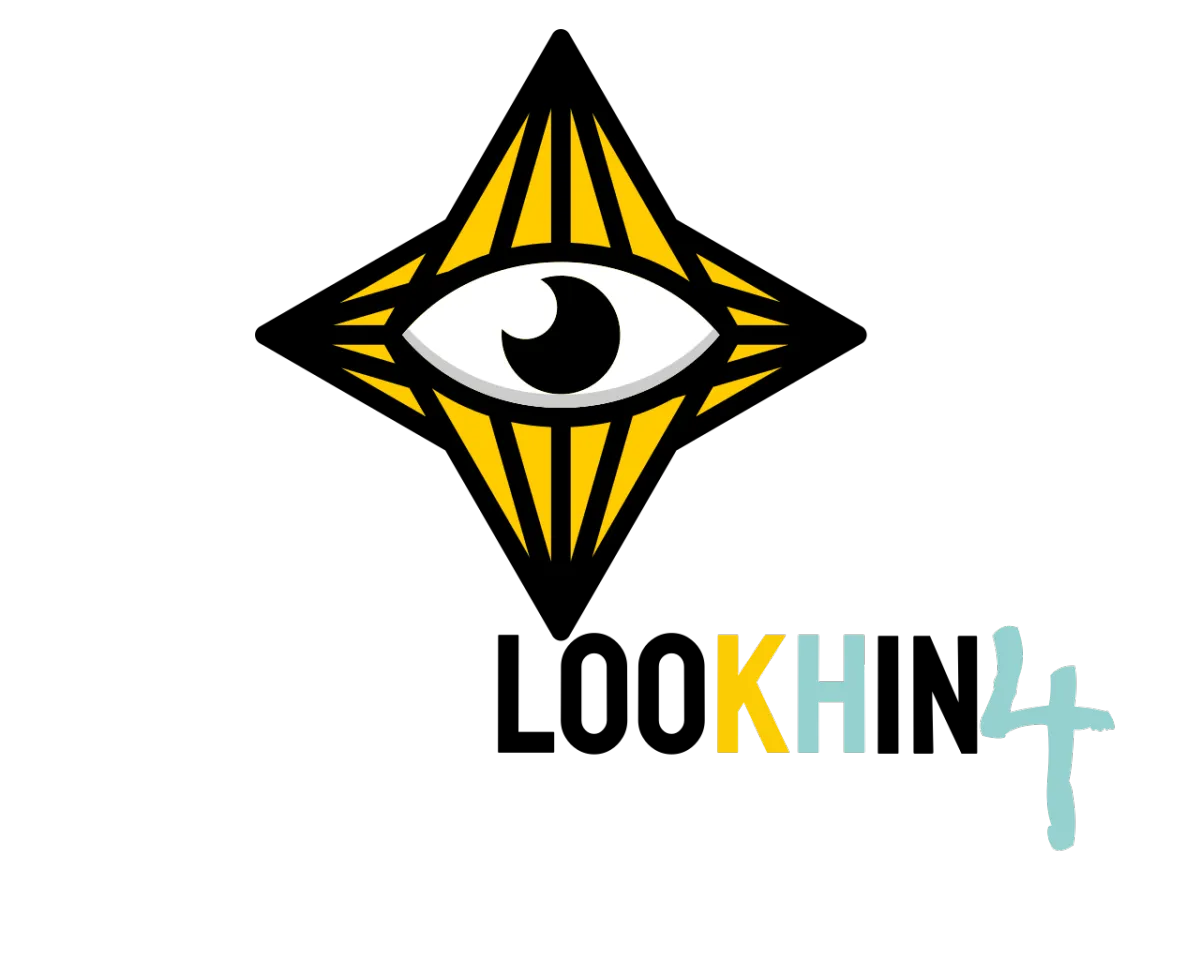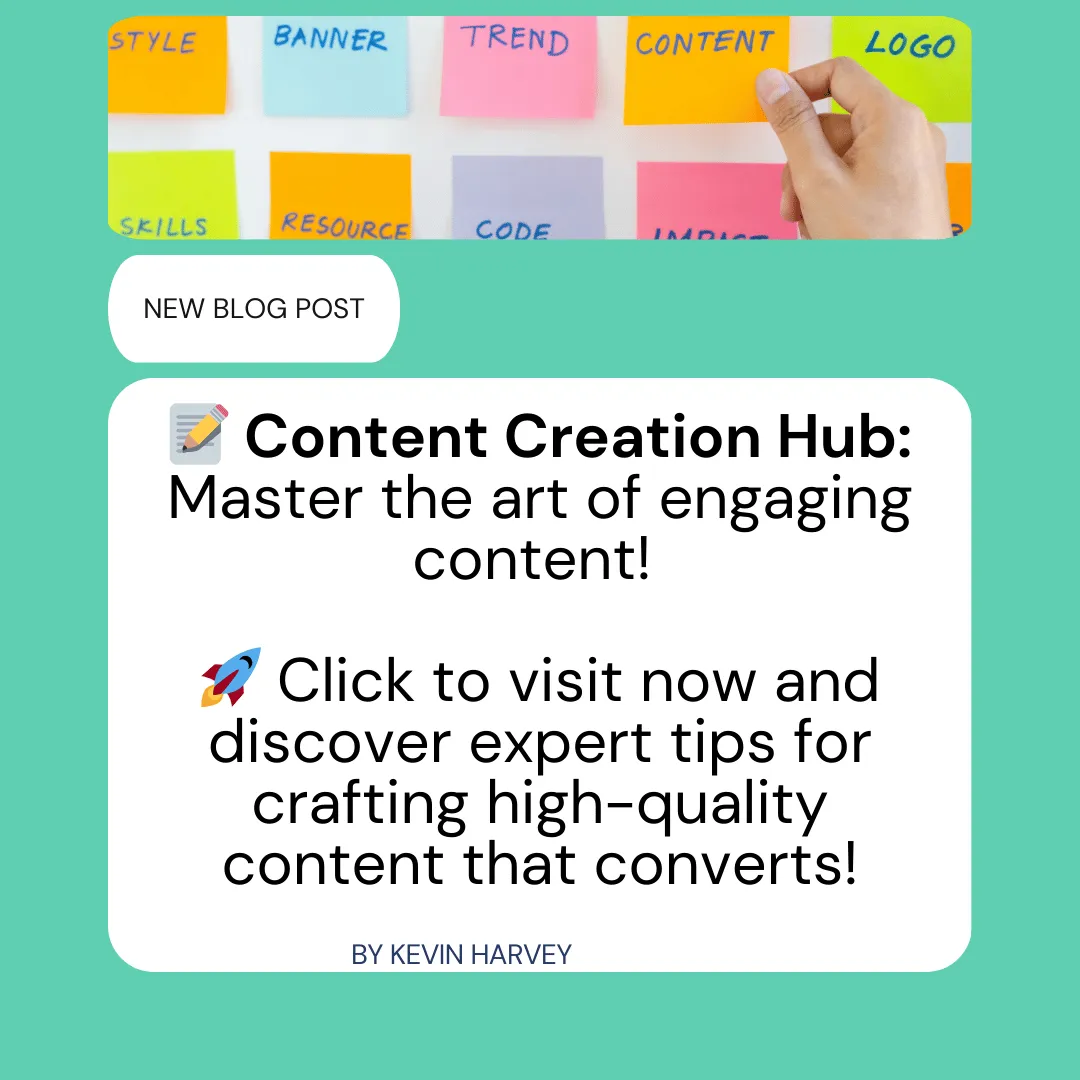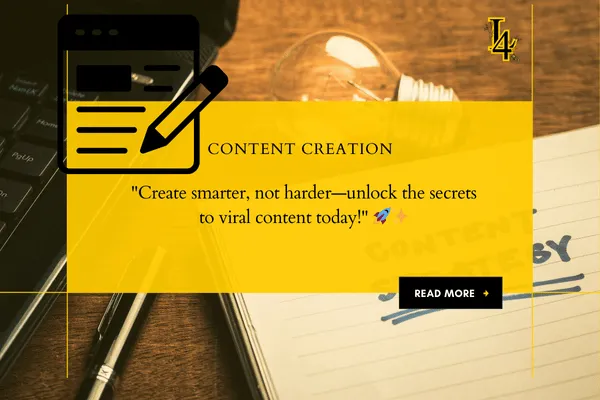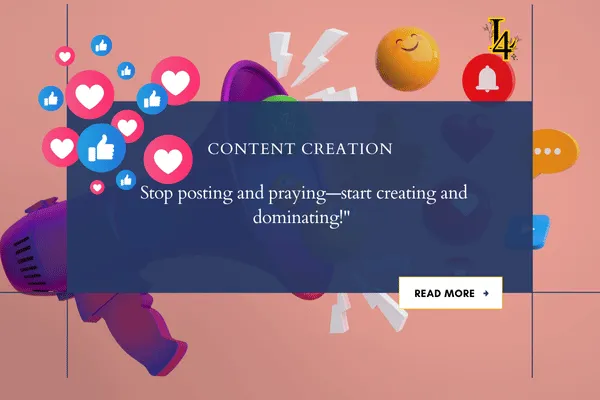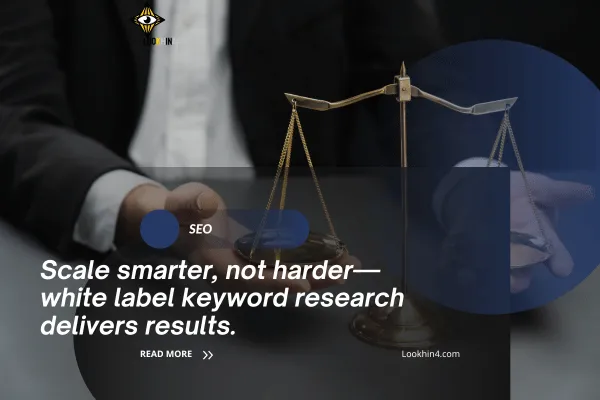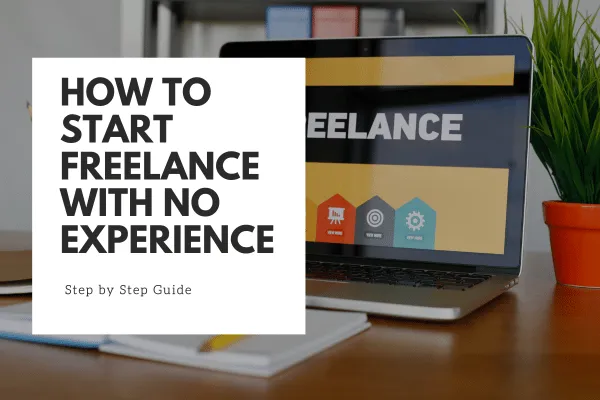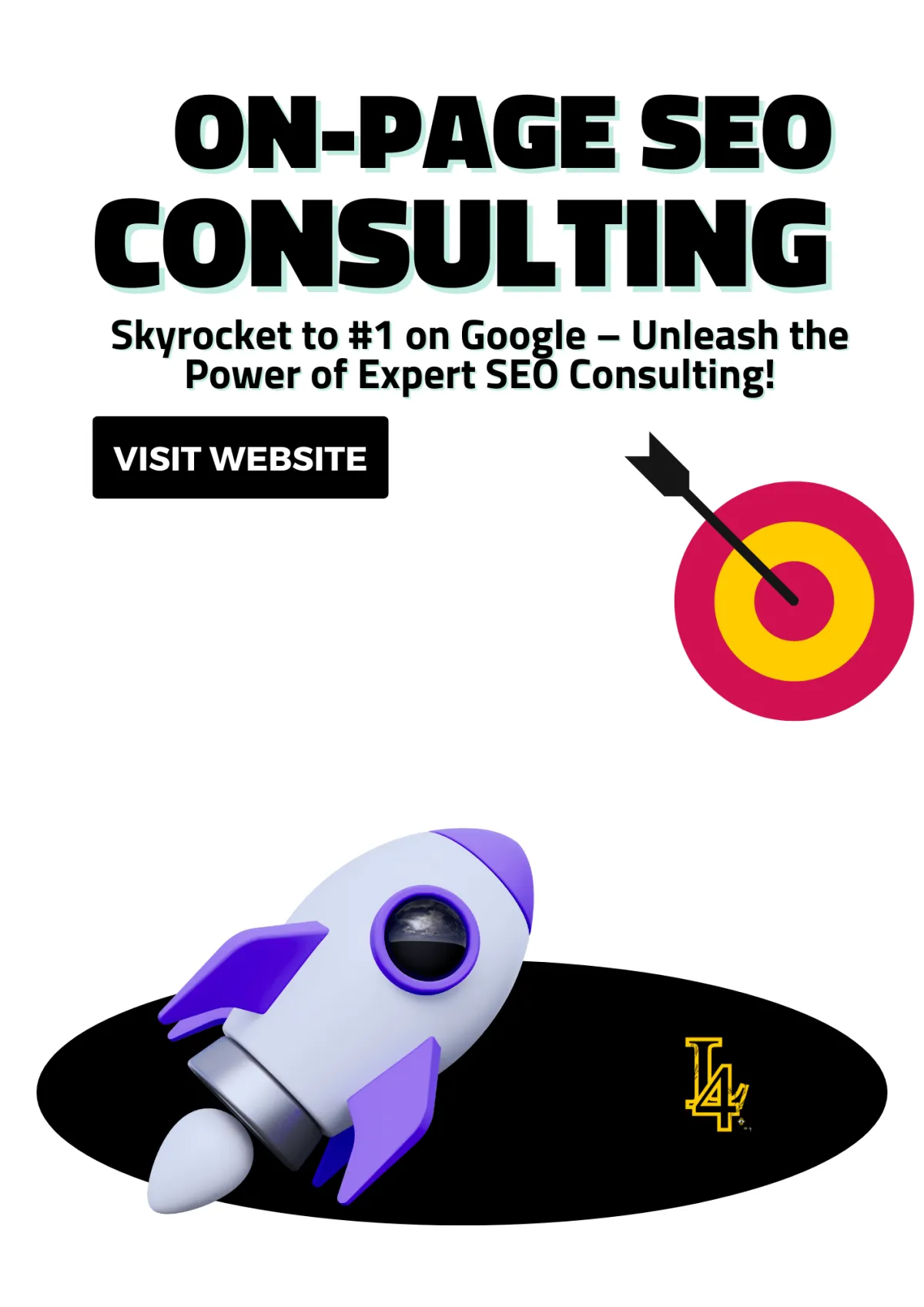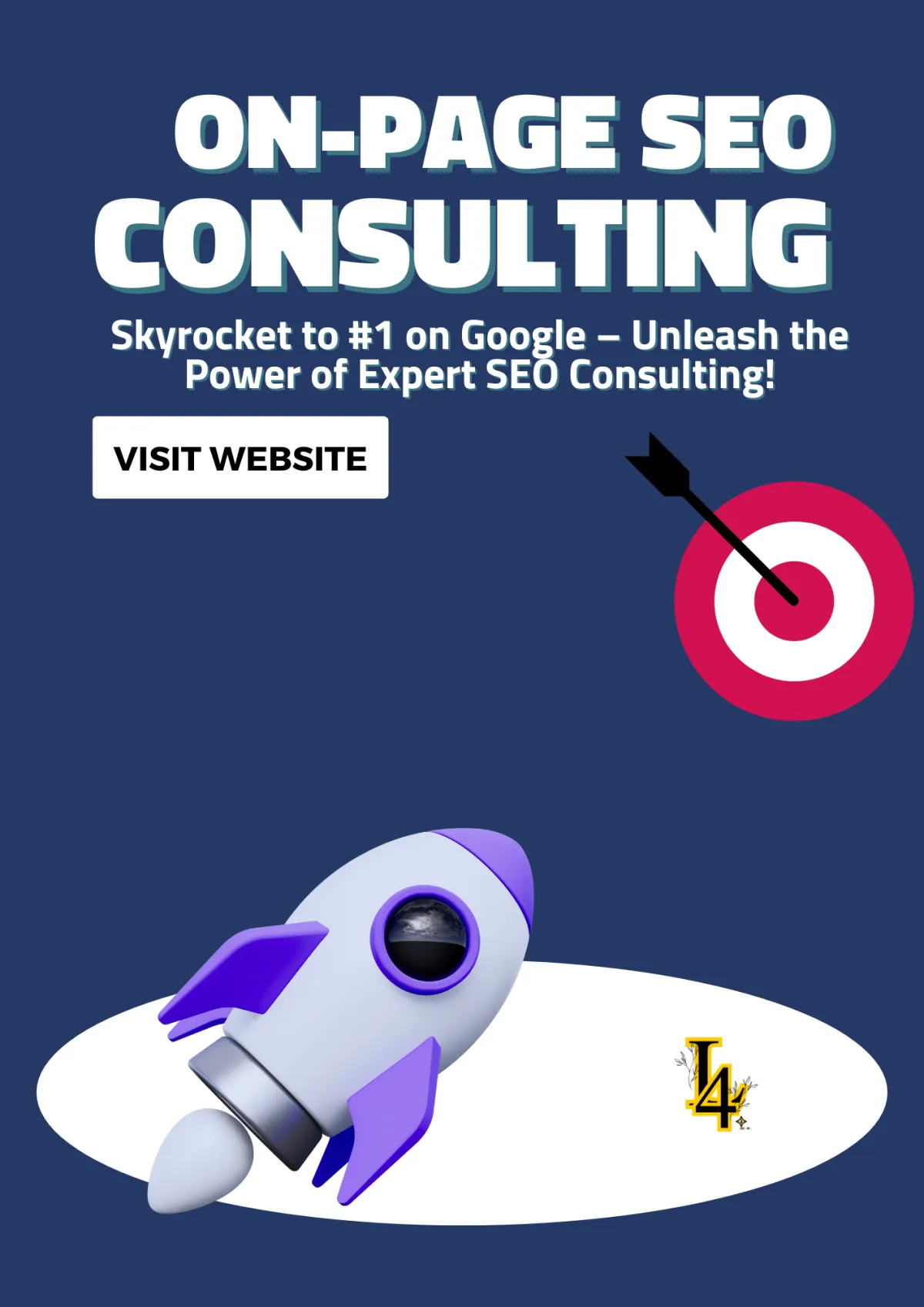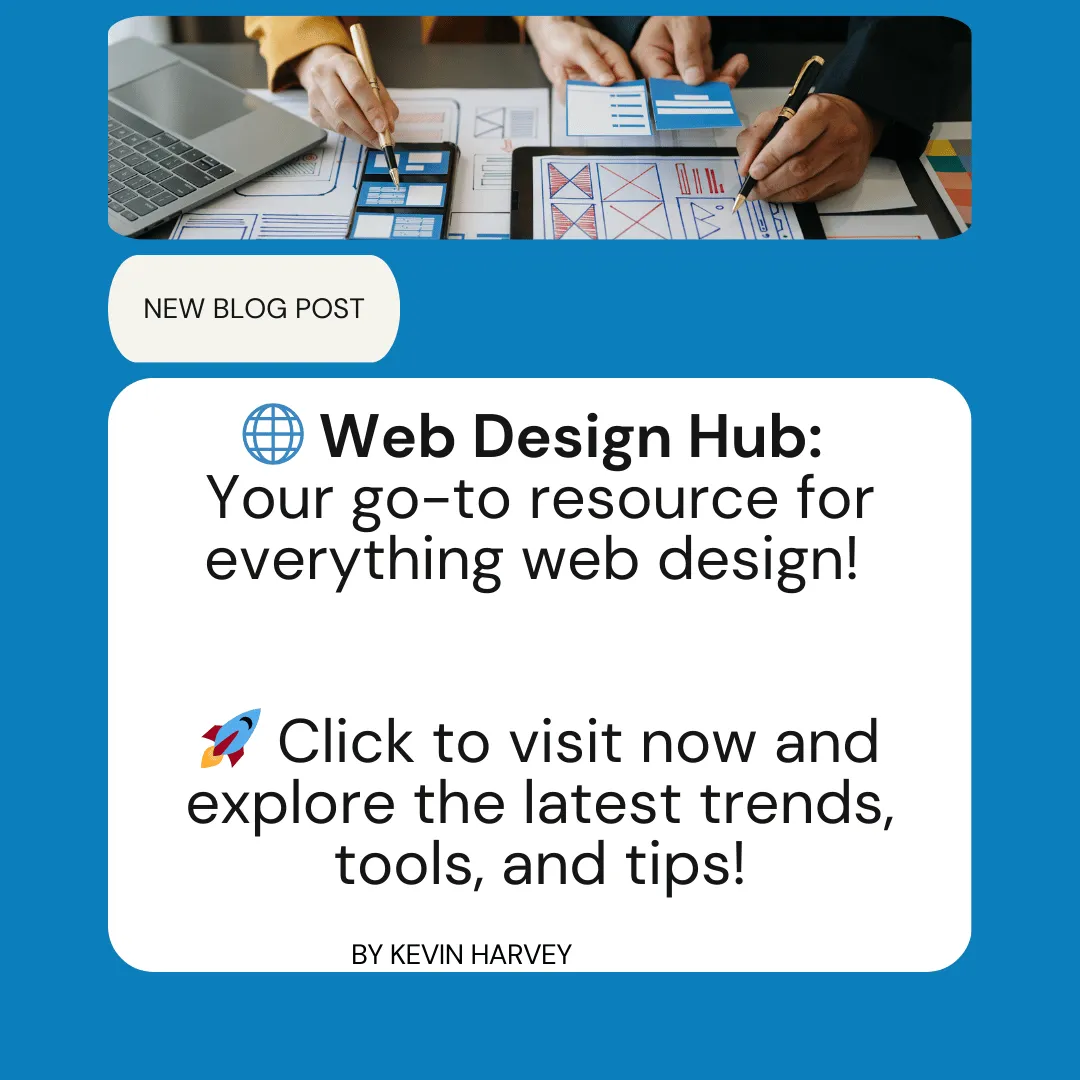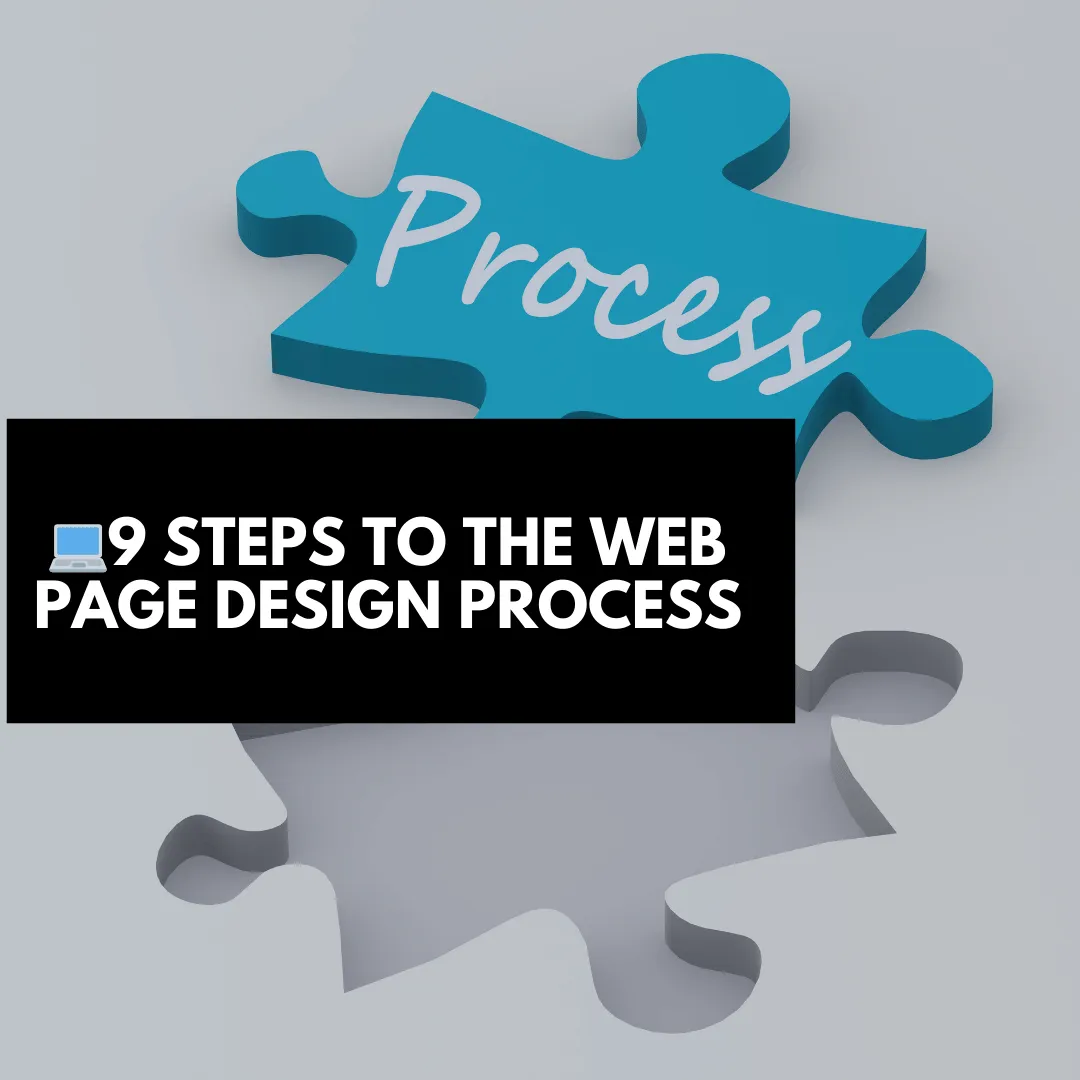
Perfectly Imperfect: The Art of Asymmetry in Web Design
Table Of Content
Asymmetry and Overlapping Elements in Web Design: A Creative Revolution
The Rise of Asymmetry in Web Design
Examples of Asymmetry in Action:
Overlapping Elements: Adding Depth and Dimension
How Overlapping Elements Transform Web Design:
Techniques for Using Overlapping Elements:
What I Love About Overlapping Designs:
The Science Behind Asymmetry and Overlapping Elements
Why Users Love Asymmetry and Overlaps:
Incorporating Asymmetry and Overlapping Elements in Your Designs
Leverage Tools and Techniques:
Balancing Creativity with Functionality
Tips for Finding the Right Balance:
The Role of Asymmetry and Overlapping Elements in Branding
Why Asymmetry Works for Branding
Examples of Branding with Asymmetry and Overlapping Elements
The Future of Asymmetry and Overlapping Elements in Web Design
Predictions for Asymmetry and Overlaps
What I’ve Learned About Staying Ahead
Asymmetry and Overlapping Elements in Industry-Specific Web Design
How Industries Use Asymmetry and Overlaps
Adapting Asymmetry for Mobile and Responsive Design
Asymmetry and Overlapping Elements in Web Design: A Creative Revolution
Web design is constantly evolving, and one of the most striking trends taking center stage is the use of asymmetry and overlapping elements in web design. These design techniques break away from rigid, grid-based layouts, creating visually dynamic and engaging experiences for users.
In this article, I’ll dive into the growing popularity of asymmetry and overlapping elements, explain why they’re so effective, and share actionable tips for incorporating these trends into your projects. Let’s explore how breaking the rules of symmetry can result in designs that captivate and inspire.
The Rise of Asymmetry in Web Design
As I researched asymmetry and overlapping elements in web design, it became clear that asymmetry is more than just a trend—it’s a mindset. Traditional symmetrical designs often feel safe and predictable. Asymmetry, on the other hand, adds energy and unpredictability to a website, drawing the user’s eye and sparking curiosity.
Why Asymmetry Works:
Creates Visual Interest: Asymmetrical layouts keep users engaged by offering unexpected compositions.
Guides User Attention: Designers can strategically place elements to guide users through the site’s content.
Breaks the Mold: Asymmetry breaks away from cookie-cutter designs, helping websites stand out in a crowded digital space.
Examples of Asymmetry in Action:
Large Images with Small Text Blocks: Pairing oversized visuals with tiny captions creates a striking contrast.
Offset Grids: Instead of aligning everything neatly, use overlapping layers and uneven spacing for a dynamic look.
Floating Elements: Incorporating scattered elements gives the illusion of movement and depth.
Pro Tip:
While asymmetry is about breaking the rules, balance is key. Ensure your layout feels intentional and cohesive, even when it’s unconventional.
Overlapping Elements: Adding Depth and Dimension
One of the most exciting discoveries in my research was how overlapping elements bring depth and dimension to web design. By layering visuals, text, and interactive elements, designers can create compositions that feel tactile and immersive.
How Overlapping Elements Transform Web Design:
Adds a Sense of Realism: Overlapping mimics real-world layering, making designs feel more organic.
Enhances Visual Hierarchy: Layering helps prioritize content, making it clear what the user should focus on first.
Improves Aesthetics: Overlapping elements introduce variety, breaking monotony and creating visually engaging layouts.
Techniques for Using Overlapping Elements:
Text Over Images: Combine bold typography with background images to make a statement.
Image Stacking: Place images at different angles or sizes to create a collage-like effect.
Interactive Overlays: Use hover effects or animations to reveal hidden layers when users interact with the page.
What I Love About Overlapping Designs:
They feel dynamic and alive, especially when paired with subtle motion effects like parallax scrolling. Overlapping elements aren’t just visually interesting—they add a layer of storytelling to the design.
The Science Behind Asymmetry and Overlapping Elements
As I dug deeper into asymmetry and overlapping elements in web design, I found some fascinating insights into why these techniques work so well. They aren’t just artistic choices—they’re rooted in psychology and user experience (UX).
Why Users Love Asymmetry and Overlaps:
Engages the Brain: Asymmetry challenges the brain to make sense of the design, keeping users engaged longer.
Feels Authentic: Overlapping and asymmetrical layouts mimic the imperfections of the real world, which users find relatable.
Encourages Exploration: These designs pique curiosity, encouraging users to scroll, click, and interact with the site.
How to Keep It User-Friendly:
Maintain Readability: Overlapping text and visuals should enhance, not hinder, readability.
Balance Complexity: Use whitespace strategically to avoid overwhelming the user.
Test Responsiveness: Ensure overlapping elements look great across all devices, from desktops to smartphones.
Incorporating Asymmetry and Overlapping Elements in Your Designs
Ready to try these trends in your next project? Here’s how to incorporate asymmetry and overlapping elements in web design effectively:
Start with a Focal Point:
Identify the most important element on the page, such as a headline, image, or call-to-action (CTA). Build your asymmetrical layout around it to ensure users know where to focus.
Experiment with Overlaps:
Try stacking elements like:
Images and text for bold visual statements.
Buttons over images for intuitive navigation.
Decorative shapes behind content blocks for added depth.
Use Color and Contrast:
Asymmetrical and overlapping layouts often rely on bold color palettes and sharp contrasts to guide the user’s eye. Use complementary colors to highlight key areas.
Leverage Tools and Techniques:
Design tools like Figma, Sketch, and Adobe XD make experimenting with these layouts easy. Use layers, grids, and prototyping features to test your ideas before going live.
Real-Life Example:
When I worked on a client’s portfolio website, I used overlapping image grids with asymmetrical text placement. The result was a design that felt modern, energetic, and unique to their brand.
Balancing Creativity with Functionality
One of the biggest challenges I’ve faced when working with asymmetry and overlapping elements in web design is maintaining functionality. It’s easy to get carried away with creative layouts, but users need designs to be intuitive and accessible.
Tips for Finding the Right Balance:
Test Navigation: Make sure overlapping elements don’t interfere with clickable areas or navigation menus.
Prioritize Speed: Complex designs can slow down page loading times. Optimize images and minimize unnecessary animations.
Embrace Whitespace: Use negative space to keep designs clean and prevent them from feeling chaotic.
The Role of Asymmetry and Overlapping Elements in Branding
As I researched asymmetry and overlapping elements in web design, I began to see their potential beyond aesthetics—they’re a powerful tool for branding. In a digital space crowded with cookie-cutter layouts, these design techniques can help brands stand out, evoke emotions, and create lasting impressions.
Why Asymmetry Works for Branding
Brands are constantly looking for ways to be memorable, and asymmetry achieves that by being inherently unique. A perfectly symmetrical design feels predictable, while asymmetry adds a layer of surprise and creativity. Here’s what I’ve learned about using these techniques effectively for branding:
Conveys Individuality:
Asymmetry mirrors the uniqueness of a brand, signaling that it doesn’t follow the same formula as everyone else.Draws Attention:
The unexpected nature of asymmetrical layouts naturally guides users’ eyes to key elements, like a logo or call-to-action.Fosters Emotional Connections:
Overlapping elements, when used thoughtfully, create a sense of depth and storytelling that resonates emotionally with audiences.
Examples of Branding with Asymmetry and Overlapping Elements
Portfolio Sites for Creative Professionals:
Many designers and artists use asymmetrical layouts to reflect their creativity. I’ve built portfolio sites that showcase projects in staggered grids or with floating visuals that overlap captions, creating a dynamic and engaging experience.E-Commerce Brands:
For online stores, asymmetry can highlight specific products or promotions. I once designed an e-commerce homepage where a product image overlapped a bold headline, making the featured item impossible to ignore.Startups and Tech Brands:
Tech companies often use overlapping shapes and animations to communicate innovation. I’ve noticed that layering abstract geometric elements is especially effective in this space.
Key Takeaway:
Asymmetry and overlapping elements in web design allow brands to express their identity in ways that feel fresh and memorable. They’re not just decorative—they’re a storytelling tool.
The Future of Asymmetry and Overlapping Elements in Web Design
When exploring asymmetry and overlapping elements in web design, I couldn’t help but wonder where these trends are heading. Web design is always evolving, and these techniques are far from static—they’re adapting to new technologies and user expectations.
Predictions for Asymmetry and Overlaps
AI-Driven Asymmetry:
Artificial intelligence is transforming web design, and I believe it will play a huge role in enhancing asymmetry. AI can analyze user behavior to suggest dynamic layouts where asymmetry isn’t just visually appealing but also functional.AR/VR Integration:
As augmented and virtual reality grow, overlapping elements will take on a whole new meaning. Imagine an AR interface where you interact with layered elements that respond to touch or motion.Responsive Asymmetry:
Adapting asymmetrical designs for mobile-first experiences will become even more refined. Designers will use AI to ensure layouts adjust seamlessly to different screen sizes while maintaining their impact.
What I’ve Learned About Staying Ahead
Experimentation is Key:
When developing websites, I’ve found that experimenting with tools like Figma or Webflow allows me to test how asymmetry and overlapping elements adapt to different scenarios.User-Centric Design Matters:
While bold layouts grab attention, usability must remain a priority. During development, I always test how users interact with asymmetrical designs to ensure functionality isn’t compromised.The Intersection of Asymmetry and Personalization:
Personalized web experiences will rely heavily on asymmetry. By analyzing user data, designers can create dynamic layouts tailored to individual preferences, using overlaps to emphasize relevant content.
The Big Picture:
The future of asymmetry and overlapping elements in web design lies in their ability to evolve with technology. These techniques will continue to challenge traditional layouts while pushing the boundaries of creativity.
Asymmetry and Overlapping Elements in Industry-Specific Web Design
One of the most interesting discoveries during my research was how asymmetry and overlapping elements in web design are being tailored for specific industries. These techniques aren’t a one-size-fits-all solution—they adapt to the goals and aesthetics of each sector.
How Industries Use Asymmetry and Overlaps
E-Commerce Websites:
Asymmetry is a great way to guide users toward products or promotions. I’ve worked on e-commerce projects where overlapping “Sale” banners with product images boosted clicks by making items feel highlighted and special.Creative Portfolios:
For designers, photographers, and artists, asymmetry is a chance to showcase originality. I’ve built portfolio sites with layered visuals and scattered grids that let each project feel distinct yet cohesive.Corporate Sites:
Even industries like finance and law are starting to experiment with asymmetry, albeit more subtly. Overlapping graphs or text boxes can make dense content feel more digestible without sacrificing professionalism.
Adapting Asymmetry for Mobile and Responsive Design
One of the challenges I’ve faced is adapting asymmetrical layouts for mobile devices. Here’s how I’ve approached it:
Prioritize Key Elements:
On smaller screens, it’s crucial to simplify overlapping elements and ensure the most important content remains front and center.Responsive Layers:
Tools like Adobe XD allow me to create responsive prototypes where overlapping elements adjust dynamically to fit different devices.Interactive Enhancements:
Adding subtle animations, like layers separating on hover, makes asymmetrical designs more engaging on touchscreens.
Lessons from Industry-Specific Projects
Understand the Audience:
While asymmetry works wonders for creative industries, a more conservative approach may suit corporate clients. Knowing the audience’s preferences is key.Use Color and Contrast:
In fashion and lifestyle projects, bold overlapping visuals paired with vibrant colors create eye-catching designs. For tech or corporate sites, I use muted tones and clean overlaps for a more polished look.
My Takeaway:
Each industry brings unique challenges and opportunities for using asymmetry and overlapping elements in web design. Tailoring these techniques to fit specific needs ensures they not only look great but also achieve their purpose.
Conclusion
Exploring asymmetry and overlapping elements in web design has been an eye-opening journey. These techniques are more than just a break from tradition—they represent a shift toward dynamic, engaging, and storytelling-driven designs. From crafting standout branding to tailoring layouts for specific industries, the flexibility and creativity these approaches offer are unmatched.
Asymmetry brings energy, unpredictability, and visual intrigue to web design while overlapping elements add depth, dimension, and a touch of realism. Together, they challenge conventional design norms and open the door to innovation.
What excites me most is their versatility. Whether you're designing for e-commerce, creative portfolios, or corporate websites, these trends can be tailored to fit any purpose. They allow us to create not only visually stunning websites but also user experiences that are memorable, functional, and meaningful.
As web design continues to evolve with technologies like AI, AR/VR, and responsive frameworks, the future of asymmetry and overlapping elements is bright. These techniques will only grow in sophistication, allowing us to push creative boundaries while maintaining usability and accessibility.
So, whether you're experimenting with offset grids, layering text over images, or adapting asymmetrical layouts for mobile screens, now is the perfect time to embrace these trends. Take risks, test your ideas, and let your designs speak boldly. The creative revolution of web design is here—don’t be afraid to break the rules and make your mark.
